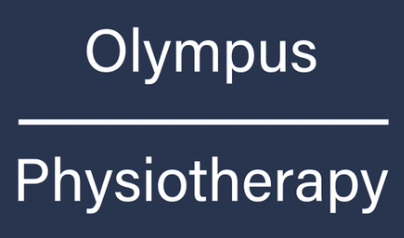Patellar Tendinopathy
What is Patellar Tendinopathy?
Patellar tendinopathy, commonly known as "jumper's knee," is a condition affecting the patellar tendon that connects your kneecap (patella) to your shinbone (tibia). This condition involves degeneration and thickening of the tendon fibres due to repetitive loading, particularly from jumping and landing activities.
Unlike acute injuries, patellar tendinopathy develops gradually and represents a breakdown in the tendon's normal structure rather than simple inflammation. The condition is most common in sports involving frequent jumping, but can also affect runners and other athletes who place repetitive stress on the knee extensor mechanism.
What Causes Patellar Tendinopathy?
Patellar tendinopathy typically develops through repetitive overloading and contributing factors:
Activity-related factors:
Frequent jumping and landing activities (basketball, volleyball, netball)
Repetitive running, particularly with sudden increases in volume or intensity
Sports involving rapid acceleration and deceleration
Plyometric training with excessive volume or poor progression
Training on hard surfaces without adequate recovery
Biomechanical factors:
Poor landing mechanics with excessive knee valgus (inward collapse)
Weak hip and glute muscles affecting knee control
Tight quadriceps, hamstrings, or calf muscles
Poor ankle mobility affecting landing patterns
Altered movement patterns from previous injuries
Training factors:
Sudden increases in training load or intensity
Inadequate recovery between high-intensity sessions
Poor periodisation of jumping or plyometric activities
Returning to sport too quickly after a break
Insufficient strength training to support tendon capacity
Individual risk factors:
Male athletes (higher prevalence in jumping sports)
Age-related changes in tendon properties (typically 20-40 years)
Previous patellar tendon injuries
Body weight and height affecting tendon loading
Genetic factors influencing tendon structure
What Are the Symptoms?
Patellar tendinopathy presents with characteristic pain patterns:
Primary symptoms:
Localised pain at the bottom of the kneecap (inferior pole of patella)
Pain that worsens with jumping, landing, or running activities
Morning stiffness that improves with gentle movement
Tenderness when pressing directly on the patellar tendon
Activity-related symptoms:
Pain during or after jumping sports that may force you to stop
Discomfort when climbing or descending stairs
Pain with squatting or lunging movements
Stiffness after periods of rest or sitting
Reduced jumping power and performance
Progressive symptoms:
Gradual onset over weeks or months
Initially pain only during or after activity
May progress to pain during daily activities like walking
Thickening or swelling of the patellar tendon
Reduced knee extension strength
Functional limitations:
Decreased jumping height and reactive strength
Reduced performance in sports requiring explosive leg power
Difficulty with activities involving knee loading
Compensatory movement patterns affecting hip and ankle
Reduced confidence during jumping and landing activities
Severity stages:
Stage 1: Pain only after activity, no functional impairment
Stage 2: Pain during and after activity, able to perform at satisfactory level
Stage 3: Prolonged pain during and after activity, increasing difficulty performing
Stage 4: Complete tendon rupture requiring surgical intervention
Struggling with knee pain from jumping or running activities? Our specialist team has extensive experience treating patellar tendinopathy in athletes across all levels and sports. We use advanced testing including our Jump Lab to objectively measure jump height, reactive strength score, and peak force, allowing us to track your progress and create targeted rehabilitation programmes for optimal tendon recovery and performance enhancement.
